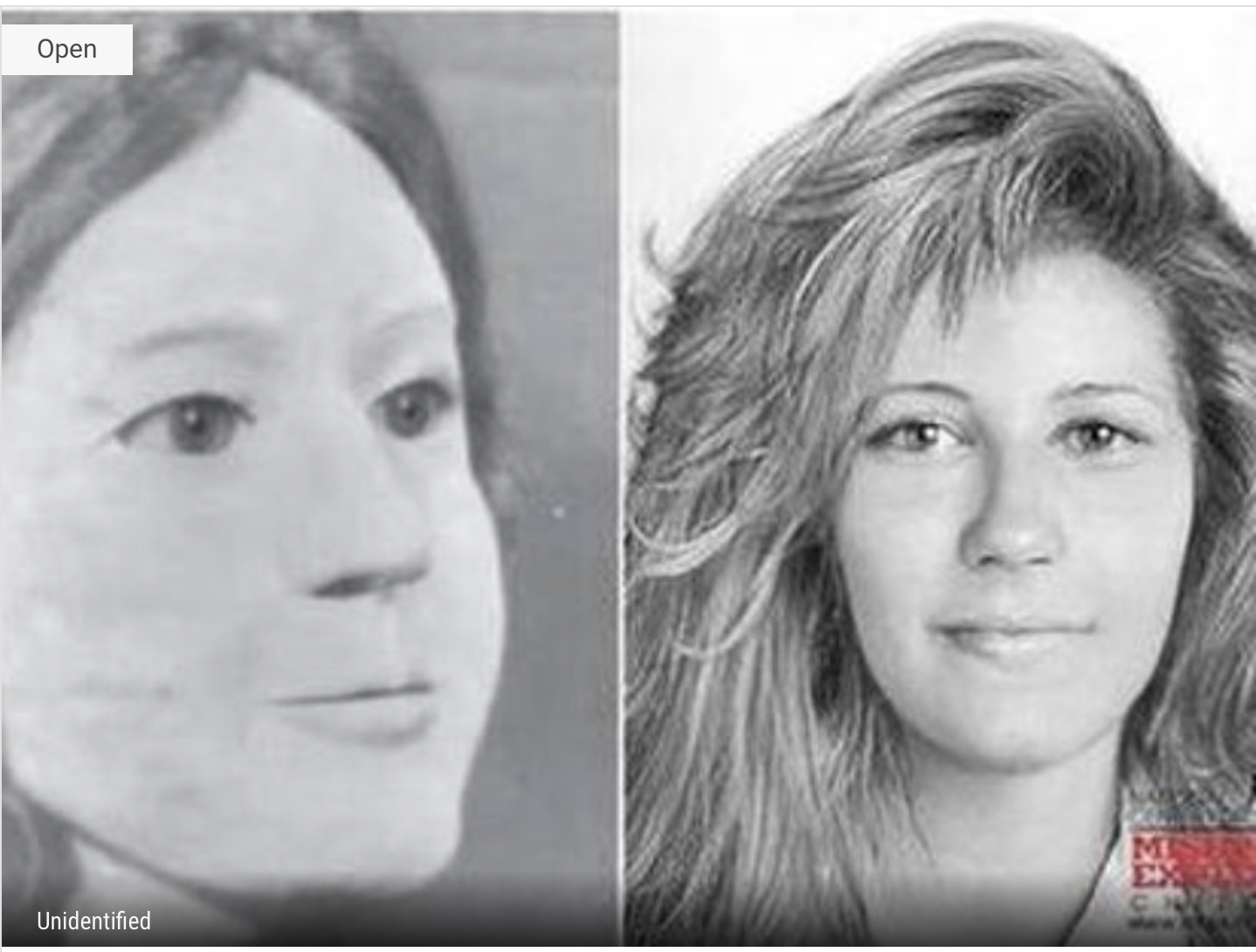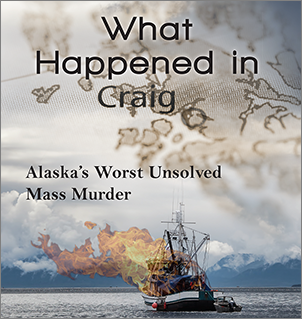Butcher, Baker fans periodically contact me and ask that I answer their pressing questions. I recently answered a series of such questions and thought it worthwhile to share the questions and the the answers. Here goes.

- I noticed “Eklutna Annie” is still unidentified and her case is actually the only female one listed for Alaska on the Doe Network website. Are you surprised she’s still unidentified?
Leland Hale: The quick answer to your questions is… I am not that surprised she is still unidentified. If she was a dancer and/or sex worker, it is likely she was estranged from her family and friends. And once people enter what they call “the life,” the estrangement often increases. That said, I am hopeful she WILL ultimately be identified, using genetic genealogy. It’s a very powerful tool and, luckily, genetic material is very stable.
- What was the most surprising thing(s) you learned during the writing/investigative process?
Leland Hale: One of the most surprising things for me was meeting Robert Hansen’s wife and “touring” their home. There was something so “normal” about this house and their lifestyle (except for maybe all the hunting trophies still on the walls). During our later chats, Darla revealed how abusive Bob was to her — at least psychologically (and maybe more). Darla seemed to know “something was up” with Bob. She hinted she knew he was seeing sex workers. But she couldn’t imagine anything as extreme as what he was actually doing. So, for better or worse, Bob’s wife was also a victim. And their children were as well. - In the book Hansen is quoted as saying he marked the spots on his map in correlation where the people were to his bear stands. Do you think he marked the burial spots to use for future visits or for other reasons?
Leland Hale: The bear stands attribution was mostly an attempt to throw the cops off the scent (the cops were telling him they found his bullet shells out there. The bear stands gave him plausible deniability). But these were definitely places with which he was very familiar from his days as a hunter. There were at least two more pressing reasons he marked the gravesites on his map. One, it have him a reference for where his crimes occurred, so he could return to the spot; the spot where Paula Goulding’s body was found, for instance, ultimately held two other bodies nearby.
Secondly, the marks on the map became a cumulative record of his kills — of his prowess, one might say. Serial killers often keep mementoes (cops found many of them in his attic); the marked maps were another type of memento.
Finally, keeping the maps ultimately forced him to find new spots along the Knik. As the heat mounted, as it finally did, he didn’t want to be caught salivating over a known gravesite. But I don’t think that was the original reason for keeping the maps, just a subsidiary one. I hope this answers your questions! - Do you think Hansen had accomplices at all or worked alone?
Leland Hale: I think Bob worked alone. For most of his life, Hansen was a loner, even while growing up in Iowa. There was no need (or ability) for him to change. The “working with accomplices” line was a lie he told his victims to scare them into submission. As in, if you tell on me there’s someone out there who will know and come back to get you. And remember, it’s always hard to manage other people, especially when you are stalking women in the clubs and on the Fourth Avenue strip in Anchorage.
Also, having an accomplice is always fraught with risk. If there are accomplices, one of them might “break down” and tell, especially if they are arrested for another crime. Becoming a “snitch” is a proven way to get off on other charges. Bob knew from his Iowa arrest for arson that he couldn’t trust accomplices. - Have you ever spoken with someone who believed they came in contact with Hansen since the book was published?
Leland Hale: I have come in contact with two women who escaped Hansen and survived. Both have PTSD, as one might imagine. Both felt that he was going to come after them again, just because they lived to tell the tale. In at least one case, he did. These women lived in complete fear until Hansen finally died. - Has your opinion changed on anything since Butcher, Baker was written? Also, on your blog you state Hansen had up to 35 victims. Has that number fluctuated for you?
Leland Hale: The main thing that changed is my better understanding of Hansen’s trajectory as a serial killer. The popular press has it that he hunted women from the very start. He certainly stalked women, starting in 1971, but his first known kill — Eklutna Annie — didn’t come for almost a decade. In between, the was developing a method, crude at first, then becoming more sophisticated. For instance, his first restraints were shoe laces.
By the time of Cindy Paulson, he was using handcuffs (albeit cheap knockoffs from Japan). Also: Even in the early 80s, he was returning women to Anchorage if — and only if — they cooperated. The end-state of his murder spree left no allowance for that. He took them to the Knik River and, one way or another, they ended up dead. He wanted to keep doing what he was doing, and dead women don’t talk.
I always refer to the Cindy Paulson (Kitty Larson) escape from Hansen as the archetype. She wanted to live, so she ran. Hansen chased her. If they had been in the Bush, on the Knik, she would have become another victim. But she was in Anchorage, on a main highway. Someone saw her. Someone protected her. She lived to tell the tale.
As for the number of victims, his aviation map has 24 marks. That is the most reliable number; everything else is conjecture (including by me). That said, a higher number is possible and law enforcement sources who use that number are making educated guesses. One is based on how many women he could have kidnapped on average, given his evolving behavior. He did become absolutely obsessed and stalking women became his primary goal in life. That said, there are at least two constraints: In his early career, he spent multiple years in jail and/or a halfway house. That limited his access to women and the freedom to stalk them. In his later career, on the other hand, the sex workers and pimps were on to him in the most basic sense — they knew he was a menace. At one point, they attacked and damaged his car on the Anchorage strip.
One overlooked point: before coming to Alaska, Hansen worked remote bakery management jobs in the U.S. midwest for several months at a time. I would not be surprised if there are additional victims from that region and time period (mid-60s). Just speculating, but I imagine these to be in-the-heat-of-the-moment type crimes, not the intricately planned killings he later committed in Alaska. Admittedly, this conjecture adds more questions than answers.
Even now, there are lots of questions.
Copyright Leland E. Hale (2023). All rights reserved.

Purchase Butcher, Baker
Order my latest book, “What Happened In Craig,” HERE and HERE. True crime from Epicenter Press about Alaska’s Worst Unsolved Mass Murder.
